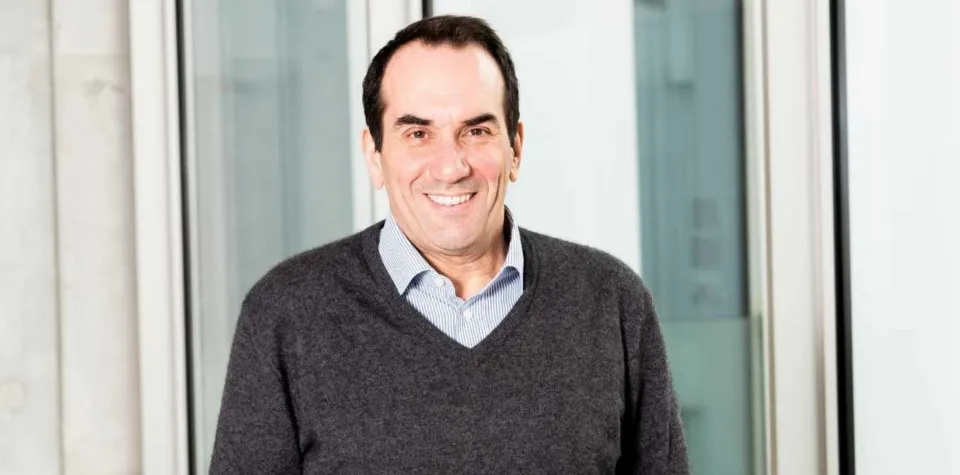
The Two Opposing Strategies for Decision-Making in Uncertain Conditions
In economics and business, deciding under uncertainty is the rule, not the exception. But not all decision-makers—whether managers or startuppers—react in the same way when the future is unknown. On the one hand, there are those who “design” reality, trying to shape the environment to their advantage; on the other, there are those who analyze it like scientists, formulating hypotheses and testing them. Two opposing logics, both effective, but with very different outcomes.
This is the idea at the heart of the new study by Alfonso Gambardella (Bocconi University, Department of Management and Technology) and Danilo Messinese (IE Business School, Madrid), published in Organization Science. Their results, the outcome of a controlled experiment on Italian startuppers, offer a new perspective on how people make strategic decisions in conditions of uncertainty.
Two schools of thought: designers versus scientists
Gambardella and Messinese make a distinction between Design-Based Experimentation (DbE) and Theory-Based Experimentation (TbE). The former focuses on action: “Imagine possible courses of action to enact the endogenous formation of opportunities,” they write, while the latter is based on causal theories to be tested empirically.
In the authors' words,
“The design-based approach encourages action despite negative beliefs, resulting in less frequent and later project termination. In contrast, the theory-based approach promotes a more conservative termination rule, leading to earlier and more frequent project abandonment.”
The experiment—a three-arm RCT, (Randomized Controlled Trial) with three groups of participants and a 1.5-year follow-up—involved 308 Italian startuppers. In practice, the authors divided the participants into three groups: one trained to think like scientists (Theory-Based), one to think like designers (Design-Based), and a third control group, which followed standard training. All received the same number of hours of training, but with a different way of making strategic decisions.
The result? Those who followed the DbE approach tended to keep trying, even in the face of obstacles, while the TbE group gave up sooner but had higher average performance, measured in terms of average revenue.
Opposite strategies, different results
Gambardella and Messinese's work shows that both methods reduce the need for information and increase decision-making commitment. But the effects differ:
- The DbE approach promotes persistence and creativity.
- The TbE approach maximizes efficiency and revenue.
The authors explain it clearly:
“DbE entrepreneurs do whatever it takes to avoid terminating their ideas, influencing the environment through their actions. TbE entrepreneurs focus on envisioning the future and testing their vision.”
In practice, the former resemble the founders of Airbnb, who started by knocking on doors in New York to convince the first hosts; the latter resemble the creators of Dropbox, who developed a minimal product to test a market hypothesis.
Innovators or cautious? The choice of risk
DbE, the authors write, is “the design-based approach is well-suited for innovative ventures that gather information to shape their environment,” whereas TbE “is optimal for pursuing high performance under lower degrees of uncertainty.” Not surprisingly, in patent-based start-ups—i.e., those with a high degree of innovation—DbEs achieved average revenues of over €17,000 and a commitment rate 45% higher than TbEs. The price to pay? Greater risk and more “false positives.”
As Gambardella and Messinese conclude,
“The theory-based strategy leads to a more conservative but performing portfolio, whereas the design-based strategy leads to a riskier portfolio: less performing on average, but more likely to capture outliers.”
For policymakers, the message is clear: if the goal is to reduce failures, programs that encourage TbE are needed; if, on the other hand, the aim is to stimulate radical innovation, DbE should be favored. For venture capitalists, the difference is between a “medium but safe return” strategy and a “high risk but disruptive potential” strategy.
In the world of strategic decision-making, therefore, there is no single right way to be right. You can predict the future, or you can try to build it.
Alfonso Gambardella, Danilo Messinese, “Design- and Theory-Based Approaches to Strategic Decisions”, Organization Science, vol. 36, n. 4 (July–August 2025), pp. 1271–1287. https://doi.org/10.1287/orsc.2023.18245
